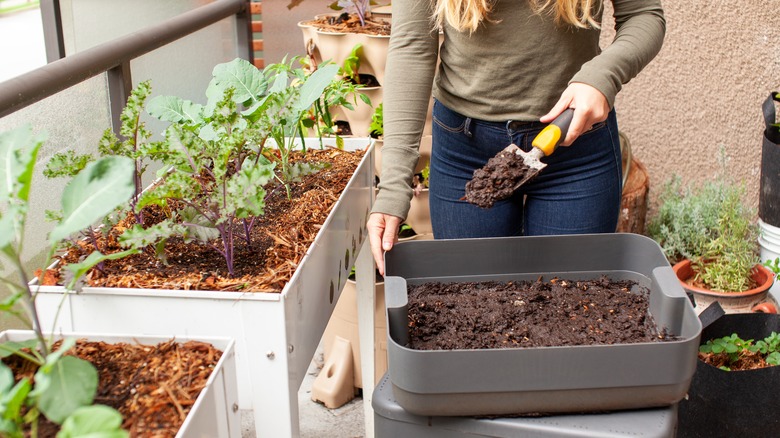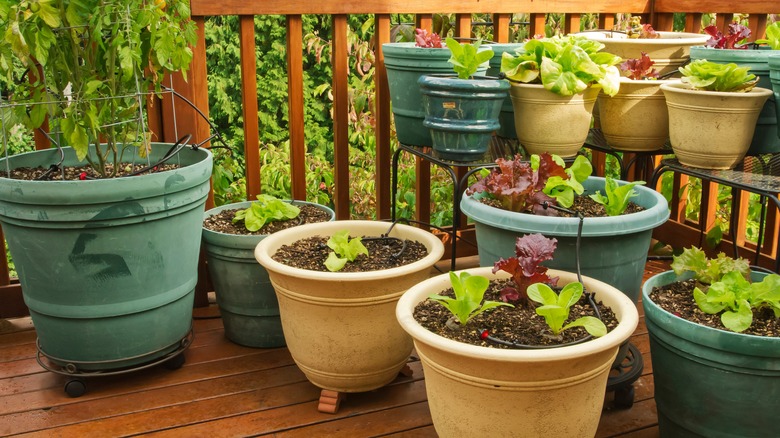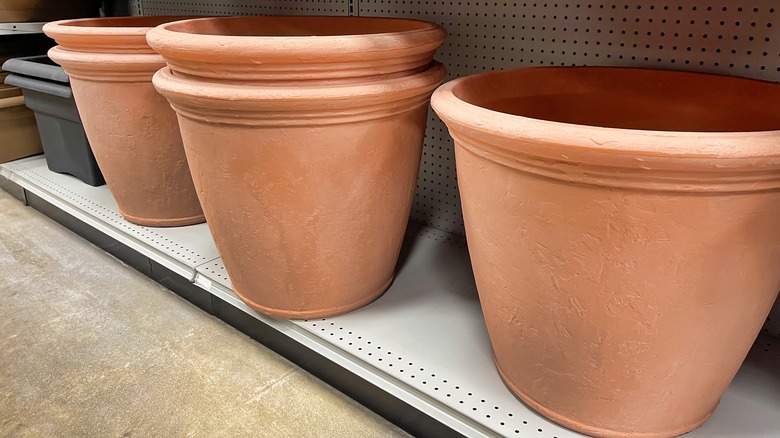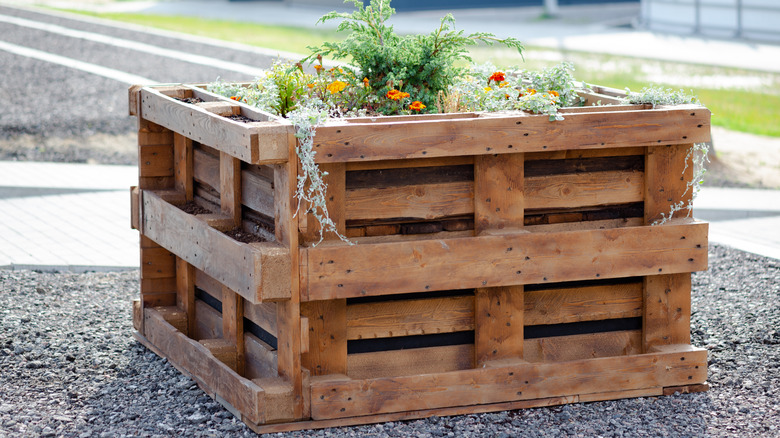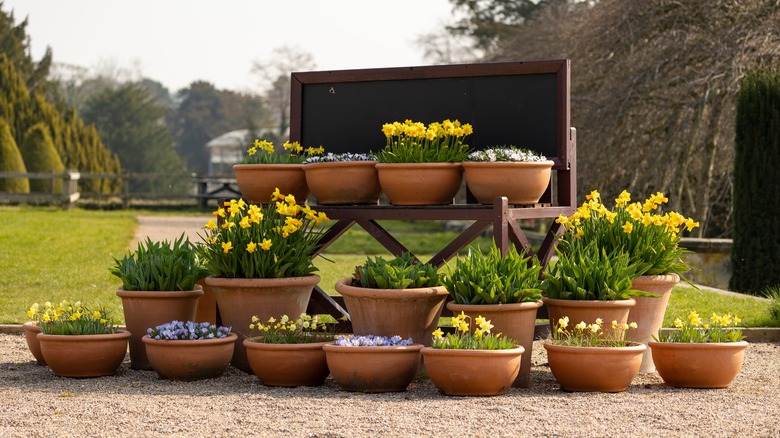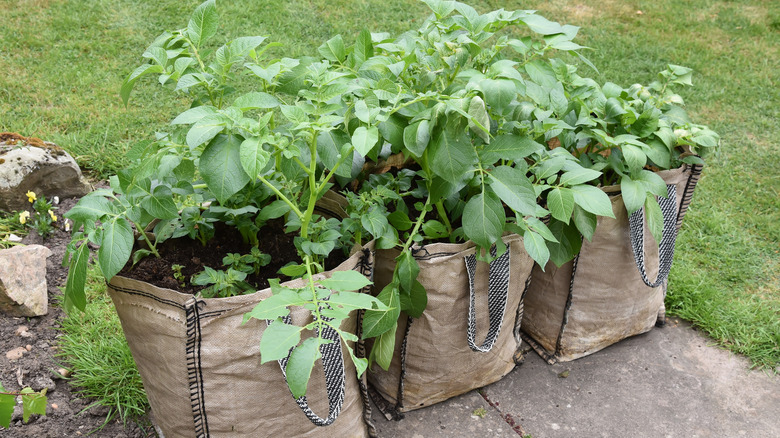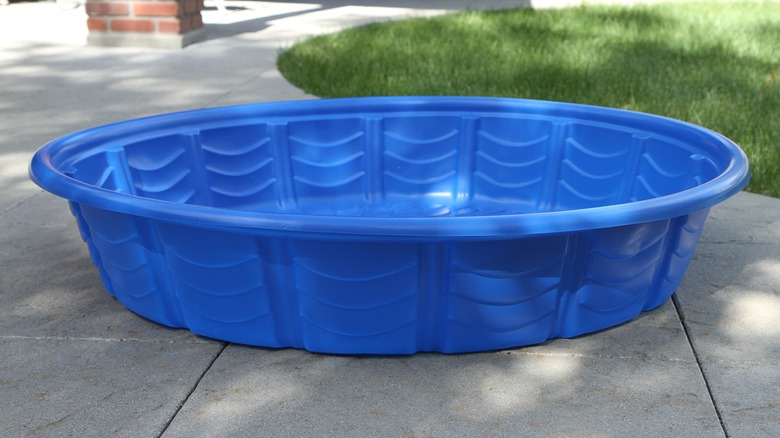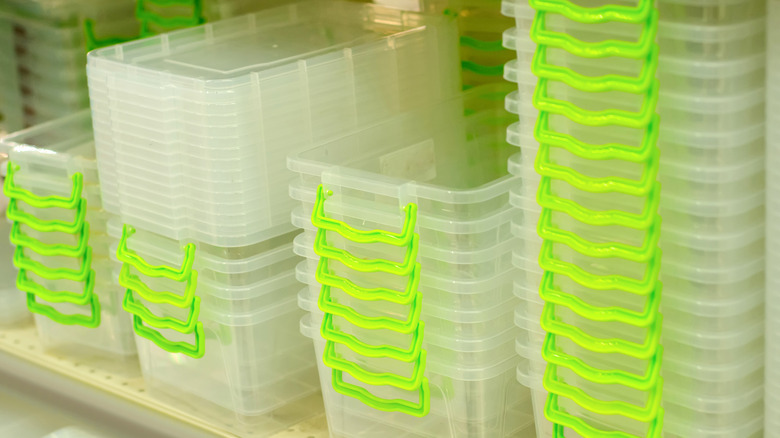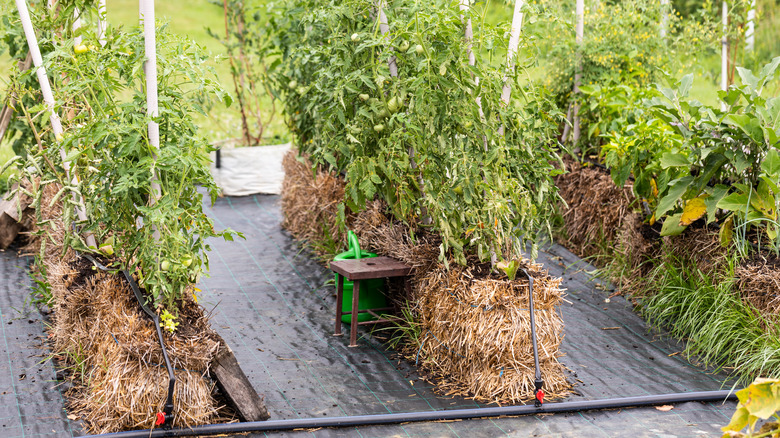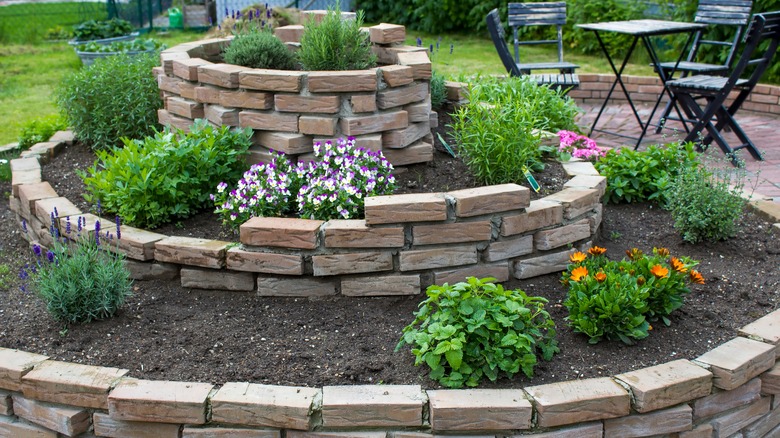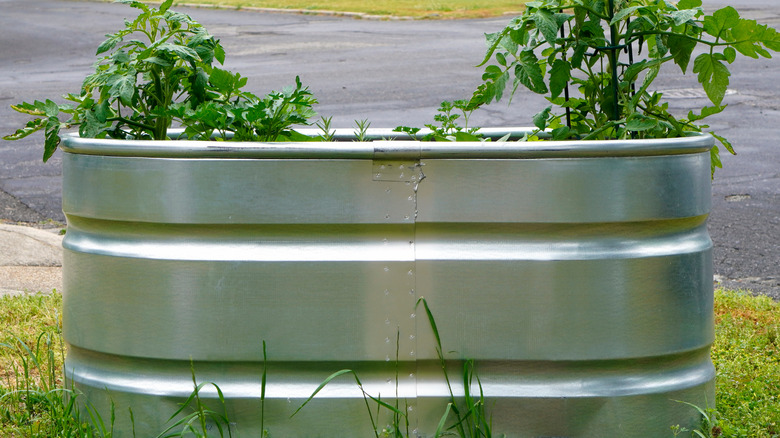Save Money With These Raised Bed Gardening Alternatives
We may receive a commission on purchases made from links.
While raised garden beds can give your backyard an orderly look, you may not be willing to pay their high price tag. If you have them built and installed for you, expect to pay around $75 up to $100 per square foot. Depending upon how many garden beds you need, this could potentially cost up to thousands of dollars. Furthermore, even if you decide to buy the wooden planks and build the beds yourself, they'll still cost anywhere from $20 to $40 per square foot on average, which could still add up to less-than-affordable, depending on the size and number of beds you put up.
Fortunately, those who want to save money have countless other options on what to plant their garden in, and 10 unique ideas are listed below. While some of them are made out of upcycled containers, others can be built out of cheap materials. These will still give your backyard an organized look, but they'll be less detrimental to your wallet. In fact, one option could even cost you nothing, if you're willing to search out the exact (discarded) structure.
1. Plastic pots
Large plastic pots could replace your raised garden beds, as long as they have a drainage hole on the bottom or the sides. If they don't already have drainage, you could drill the holes yourself. While these aren't the most durable option in harsh weather, they're very inexpensive and easy to clean. This option is best for plants that love water, as the nonporous material will keep the soil moist for a long time.
2. Resin containers
Similar to plastic pots, resin pots are slightly more durable but still easy to move around, if necessary. The main benefit of this option over plastic pots is that they can be made to look like other materials, such as wood, clay, or concrete but they'll be much cheaper than containers made out of these actual materials. If you want one with a 7.6-inch round opening that looks like a wooden whiskey barrel, for example, you could purchase it on Amazon for about $13.
3. Wooden pallets
This is the project that could cost you nothing, as long as you find free, well-maintained wooden pallets that are stamped with the letters HT (for heat treatment) and not MB (for methyl bromide, or a harmful chemical). Once you've found the right ones, you can screw them together and fill the middle with soil and plants. Another option is to make a shorter planter by removing all the boards from the pallet, stacking three on each side and using half of three for the edges, then securing them all together with screws.
4. Terracotta pots
If you want to use a natural material, you could use terracotta clay pots. These are best for plants that don't need much water, as the material is porous. The benefit of these pots is that, if properly maintained, they'll last for years and can develop a beautiful, aged patina over time. They're also heavier than plastic options, so you don't have to worry about them blowing over in strong winds. At Walmart, you could buy one that's a foot tall for just under 13 bucks.
5. Grow bags
If you want large areas for planting at a very low cost, look to grow bags, which you can get for about $3 each (for a 5-gallon bag on Amazon). These fabric bags are porous, so the plants may need to be watered more frequently. The main benefits of this option are that they're easy to store in the off-season since they can fold flat, they come in so many different sizes, and there's less of a chance of them getting damaged.
6. Kiddie pools
Those who don't care about the aesthetics of their raised garden beds could use blue kiddie pools, which cost around $8 at Walmart. If you want to improve the appearance of these pieces, try spray painting them an earthy or neutral color. To grow your garden inside these, simply drill drainage holes around the edge of the plastic, then add soil and manure and start planting.
7. Storage bins
Similarly, you could also use plastic storage containers as garden beds, as long as you drill drainage holes in the sides. Add debris like broken pieces of sticks and piles of leaves to the bottom of this container, as this will improve drainage and fill up some of the space. A 20-quart clear plastic container with a lid costs just under $6 at Walmart, but you could probably find ones without lids for even cheaper.
8. Straw bales
While this may be surprising to some, straw bales can actually take the place of raised garden beds. To garden inside this material, you'll first need to treat it properly for about 18 days by adding nitrogen and water every other day. This will create the ideal conditions for seedlings to grow. Because you don't need to use soil when gardening in straw, certain diseases from soil won't be a cause for concern.
9. Brick beds
If you want to create aesthetically pleasing garden beds, try your hand at building one out of bricks or concrete pavers, which you could purchase at home-improvement stores like Lowe's for about 60 cents each. To do so, dig the bed about 6 inches deep, then lay bricks on the edges to your preferred height and add soil and plants. Another unique idea is creating a spiral brick garden bed, such as the one in the image above.
10. Steel bins
For a farmhouse look, consider using galvanized steel bins as alternative raised garden beds. To make these suitable for plants, simply drill a number of holes in the bottom and then add soil. This is a great option for those who want a professional look at a cheap price.
